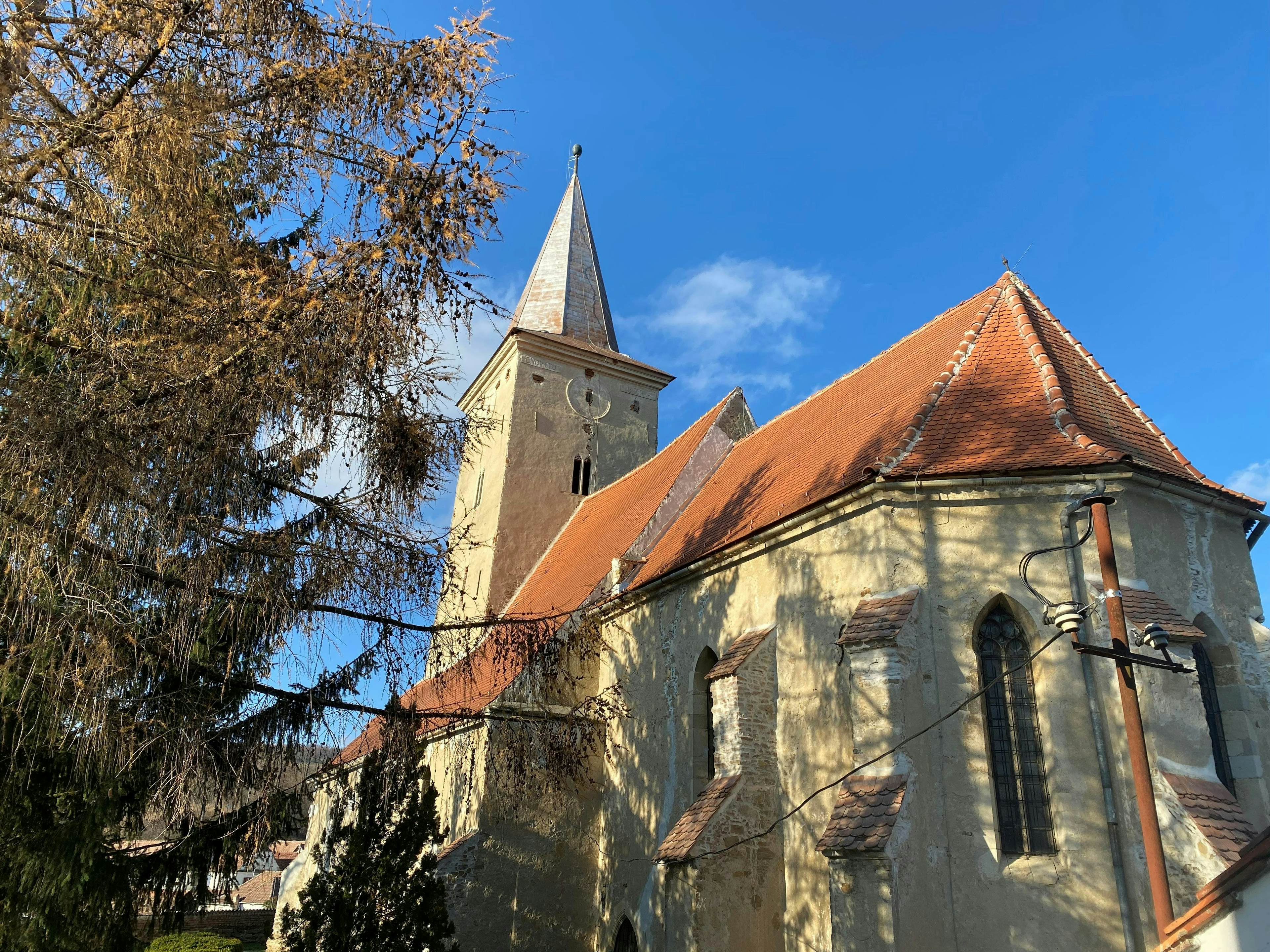Inner courtyard - south east of the church - Curciu, Romania
About Inner courtyard - south east of the church - Curciu, Romania
The inner courtyard located southeast of the church in Curciu, Romania, is a peaceful and historically significant space that offers visitors a deeper glimpse into the medieval past of this Transylvanian village. Situated within the fortified walls of the church complex, this courtyard once played an important role in the community's defense and daily life. Today, it stands as a serene and evocative reminder of a bygone era, surrounded by the natural beauty of the Romanian countryside.
What makes the inner courtyard unique is its combination of historical architecture and natural tranquility. The courtyard is enclosed by the fortified walls of the church, which were built centuries ago to protect villagers from invaders. The architecture reflects a practical yet elegant design, with stone pathways and simple structures that harken back to medieval times. Visitors can explore this space at their own pace, taking in the sense of history that still lingers in the air. The stone walls and arches are softened by the greenery that has grown around the courtyard, creating a harmonious blend of nature and history.
The courtyard is an ideal spot for contemplation or a quiet break after exploring the church and its surroundings. Its southeastern location means that it is bathed in sunlight during the morning and early afternoon, making these times the best to visit for those who enjoy a peaceful, sunlit atmosphere. The best times to visit are in spring and autumn when the surrounding landscape is either blooming with flowers or turning rich shades of gold and red.
Access to the inner courtyard is usually included when visiting the church grounds, and no special tickets are required. Visitors can freely explore the courtyard and the surrounding walls, which provide insight into the defensive strategies used during the region’s turbulent history.
One interesting aspect of this courtyard is its connection to the Saxon heritage of the region. The Saxons, who settled in Transylvania centuries ago, built many fortified churches, including the one in Curciu. These spaces were not just for defense but also for communal gatherings, reflecting the dual role of the church as both a spiritual and practical center of village life.
Although no major legends or movies are tied directly to the inner courtyard, the entire fortified church complex holds a timeless aura that can transport visitors back to medieval times. This peaceful, historic space is a perfect stop for those looking to immerse themselves in the quiet beauty and rich history of rural Transylvania.
